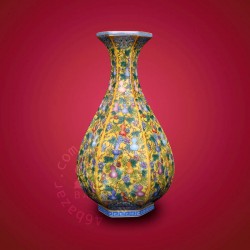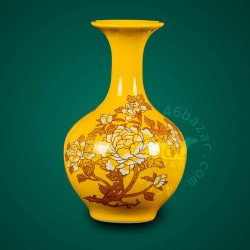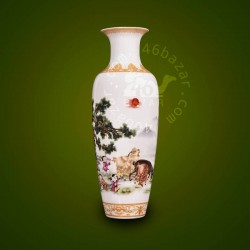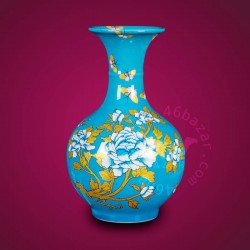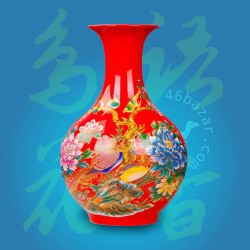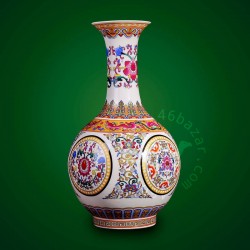A Brief History of Chinese Porcelain 2: Southern Green Northern White
In the Wei, Jin, Southern and Northern Dynasties (魏晋南北朝, Pinyin: wèijìn nánběi cháo) era a united China was once again divided, there were at most three at the same time, a total of fourteen reigns occupying different parts of China in this period of time. The North was severely hit by wars and its economy was always struggling. Meanwhile the rather peaceful South, benefited from relatively stable economy and the coming of skillful northern refugees, became the center of porcelain production at that time.
Celadon (青瓷, Pinyin: qīngcí) was still in high demand like it had been during the Han dynasty (汉朝, Pinyin: hàn cháo). Some celadons in this period were brilliantly embellished with brown color, this made them more interesting than celadons which were only in plain green.
Porcelain makers of this period started to play with interesting ideas such as cleverly adding animal element to the once practical but slightly boring house ware. Porcelain wares inspired by animals like rooster and tiger were deeply loved by the upper class who were sick of wars and wanted to escape reality.
Buddhism became dominant religion in the Wei, Jin, Southern and Northern Dynasties period, Buddhist teachings helped people coped with various problems caused by wars. Buddhist symbols such as lotus were often found on the porcelains made at that time.
As for the North, despite of wars and fragile economy, white porcelain (白瓷, Pinyin: bái cí), a new variant of porcelain which would win people's heart with its excellent build, was being developed by northern artisans who had decided to stay.
More Chinese Porcelain
- A Brief History of Chinese Porcelain 3: The Tang Dynasty. Yue Kilns of South and Celadon.
- A Brief History of Chinese Porcelain 1: The Beginning
- A Brief History of Chinese Porcelain 4: The Tang Dynasty. Xing Kilns of North and White Porcelain.
- A Brief History of Chinese Porcelain 2: Southern Green Northern White
Copyright © 2025 46 Bazar. All Rights Reserved.

